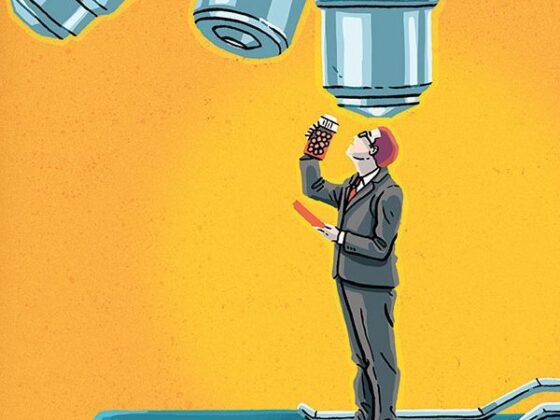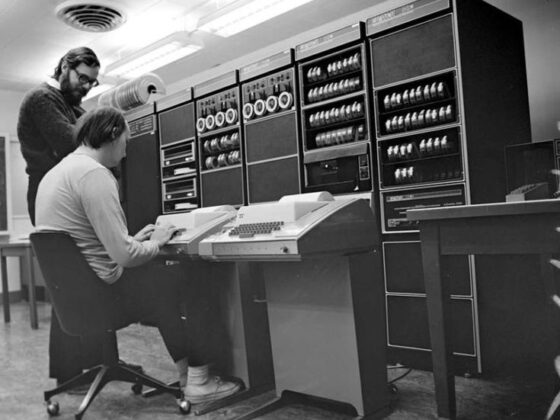Picture this: It’s 2 a.m., and an alert flashes—someone is inside the network. Not just poking around, but moving laterally, escalating privileges, exfiltrating data. Your pulse spikes. You’re dealing with a real attacker, not some script kiddie running scans from their basement. What now?
If you let frustration take over—if you see the adversary as just a faceless villain—you’ll react emotionally. Maybe you start patching blindly, blocking IPs without thinking, throwing every tool you have at the problem. But the best defenders don’t lash out. They step back. They think.
Who is this attacker? What’s their goal? Are they a ransomware operator looking for a quick payday?
A nation-state actor with patience and deep resources? The best security teams study the opponent’s tactics like a chess player memorizing openings. They profile threats, track behaviors, and predict next moves. Because in cybersecurity, the moment you underestimate your opponent, you’ve already lost.
The Ethical Dimension of Adversarial Thinking
Adversarial thinking in cybersecurity isn’t about malice—it’s about perspective. The best defenders think like attackers, not to cause harm, but to anticipate harm before it happens. Ethical considerations must guide this approach.
- Do we engage in active defense, or do we merely detect and respond?
- Is deception an ethical tool in cybersecurity, or does it cross a line?
- What responsibilities do ethical hackers have when they uncover vulnerabilities?
When cybersecurity professionals adopt adversarial thinking, they must tread carefully. The line between offense and defense can blur. Red teams simulate attacks to improve defenses, but should they think like criminals? Blue teams defend networks, but should they proactively disrupt potential threats beyond their perimeter? These are the ethical questions that every security practitioner must grapple with.
Understanding the Attacker’s Mindset
A key component of ethical adversarial thinking is truly understanding the motivations and methods of attackers. Cyber threats come in various forms, from financially driven cybercriminals deploying ransomware to politically motivated nation-state actors conducting cyber espionage. Understanding their techniques, tactics, and procedures (TTPs) allows defenders to better anticipate and neutralize threats before they escalate.
Threat intelligence plays a crucial role here. By gathering and analyzing data on emerging threats, cybersecurity teams can proactively strengthen defenses rather than simply reacting after an attack occurs. But this raises another ethical concern—how far should organizations go in collecting intelligence? Should defenders be allowed to infiltrate underground cybercriminal networks to gain insights, or does this cross an ethical boundary?
Playing Smart, Not Just Playing Hard
My approach is simple: Winning isn’t about hating the attacker; it’s about understanding them. The best red teamersrespect the art of hacking. The best blue teamers anticipate threats because they’ve studied them deeply. The best CISOsbuild defenses that don’t just react—they adapt.
It’s not about playing nice. It’s about playing smart. Cybersecurity is not a battle of good versus evil; it’s a game of strategy, knowledge, and anticipation. Smart defenders don’t just build walls—they set traps, they think ahead, they disrupt attacks before they happen. They recognize that security is a continuous process, not a one-time fix.
The Role of Automation and AI in Ethical Cybersecurity
With the rise of artificial intelligence (AI) and machine learning, the landscape of cybersecurity is evolving. Automated threat detection, AI-driven behavioral analysis, and predictive analytics allow defenders to act faster than ever before. However, automation raises new ethical concerns.
- Should AI-driven cybersecurity systems be allowed to autonomously take countermeasures against threats?
- What are the risks of false positives leading to unjustified disruptions?
- Could an over-reliance on automation make defenders complacent?
AI can enhance adversarial thinking by identifying patterns that human analysts might miss, but it should never replace human judgment entirely. The best security teams leverage AI as an augmentation tool rather than a crutch, ensuring that ethical considerations remain at the forefront of cybersecurity decision-making.
Questions for Reflection
- Should defenders think like attackers to strengthen cybersecurity, or does this pose ethical risks?
- What is the fine line between ethical hacking and offensive cybersecurity?
- In a world of cyber warfare, is preemptive action ever justified?
- How should organizations balance automation with human decision-making in cybersecurity?
- What responsibilities do organizations have when they uncover vulnerabilities that could impact others?
The best security professionals don’t just react—they think. How do you approach cybersecurity in your organization? Let’s start a conversation.










